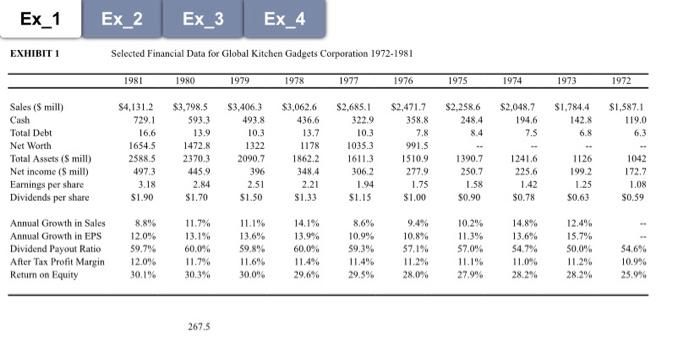Other questions asked by students
Operations Management
Accounting
Accounting
Accounting
Finance





